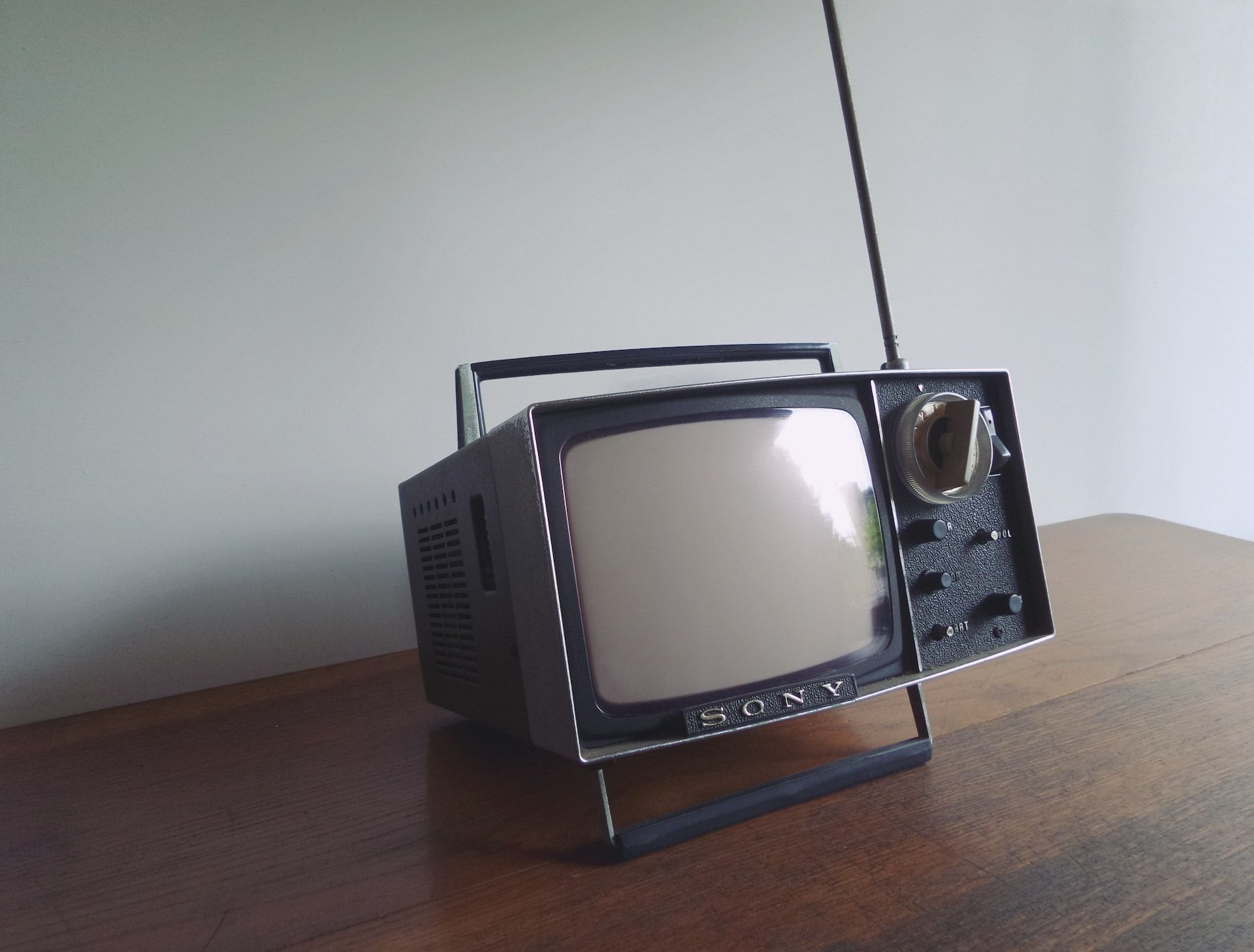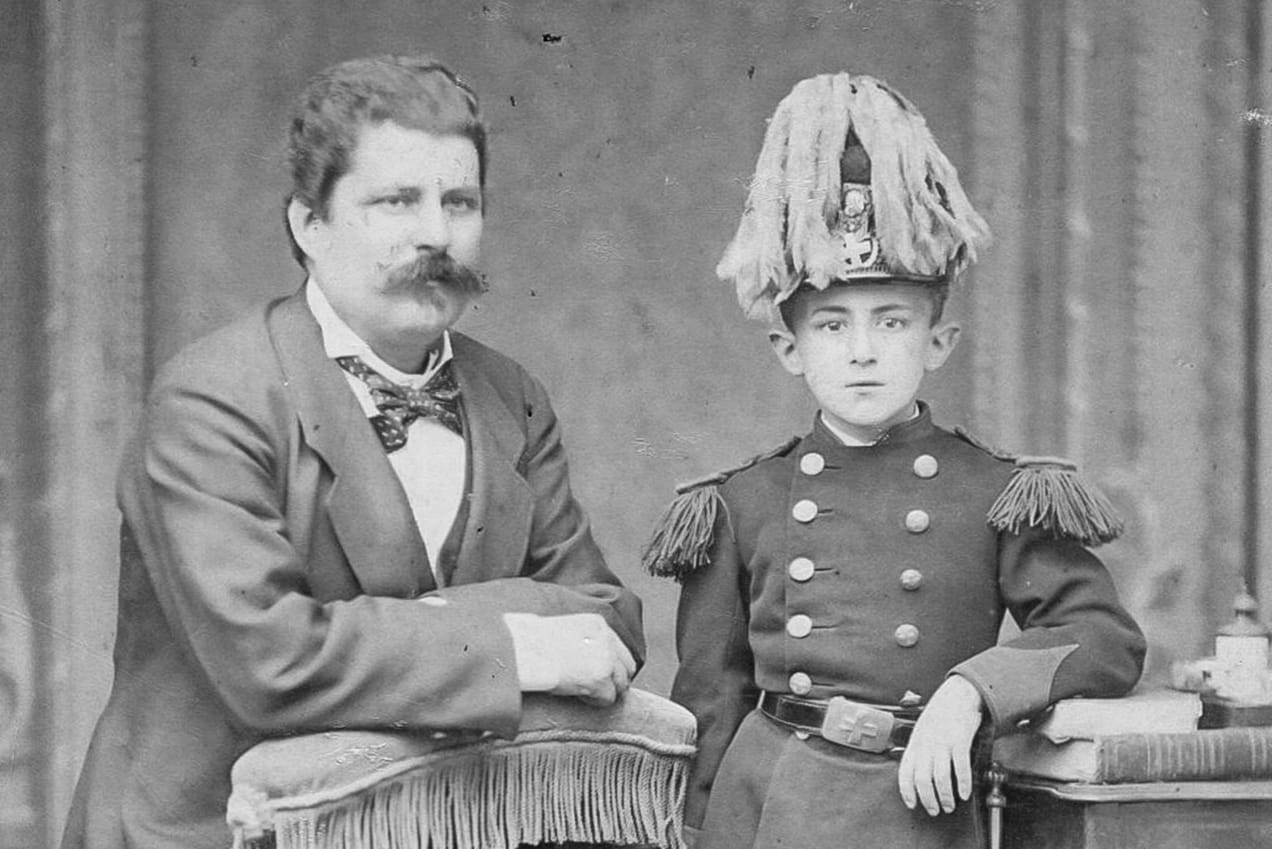
Virtual events need to break the fourth wall
When COVID-19 pulled the rug from under event organisers’ feet, forcing them to postpone or cancel, they scrambled to find new experiences that would fill up the void. Naturally, the quickest way to replace them was through live-streaming sessions on Zoom, Instagram Live, YouTube, etc.
Virtual events can be great for many things, but now that the novelty factor is wearing off (enough of taking screenshots showing a grid of attendees staring at their own screens), and many of us are suffering from zoom fatigue, it’s time to reflect on what makes a good online event experience, especially if you business depends on it.
For the last 15 years I’ve been creating, curating, and running business conferences, workshops, and festivals, that bring together from two people to six thousand participants, and if there’s one thing I’ve learned, it is that knowledge transfer is just one small reason why we attend an event.
We gather to:
- Acquire new knowledge
- Feel part of a community or tribe
- Meet others (peers, prospects, etc)
- Exchange thoughts and ideas
- Build consensus
- Be inspired
- Discover new things (discovery and serendipity)
- Immerse yourself in the zeitgeist of your industry
- Escape from the office, family, routine, etc
- Status signalling
- Take an undercover holiday
- Ironically, hide in a dark room and catch up with emails
In the context of business events, all of the above are valid reasons. But most virtual events cover only the first two, and they’re not even great at it. They rely on a flat, screen mediated experience, often incongruent with the participant’s environment (their home, surrounded by spouses, kids, and pets). They are boring, prone to distraction and numbness.
“Do not confuse motion and progress. A rocking horse keeps moving but does not make any progress.” - Alfred A. Montapert*
We need to create richer experiences that address real needs through a variety of media and modes, engaging our mind and canonical five senses more deliberately. Going to the theatre is different from watching a play (live or recorded) on YouTube, right? The same applies to events.
Sense And Setting
Borrowing an expression used to describe the conditions for successful psychedelic experiences, we need to foster the right sense and setting for our events.
While I don’t have a definitive set of rules on how to create better virtual events – my experience has taught me to consider each case on an ad hoc basis – I would start by asking questions like:
- Who am I creating this event for?
- What does the participant want to get out of it?
- What do I want to get out of it?
- What mindset and environment are the participants in?
- How can I create a mindset and environment that’s aligned with that?
- How can I make the experience unique, and either relevant, useful, or entertaining?
- How can I create a stimulating experience, encourage active participation, and avert the distractions associated with sitting passively in front of a screen?
Rethinking A One Day Seminar
For example, twice a year I host a 7-hour long marketing seminar at a prestigious organisation in London. With the March edition being cancelled barely 10 days before its starting date, the organiser asked me what valid alternative could we replace it with. It made no sense to make it into a day-long online seminar. Who has seven undisturbed, focused hours at home anyway?
My proposal** was to create a hybrid experience to cover a similar curriculum. It included:
- A mix of live and recorded short video talks, no longer than 25-45 minutes each, including a brief Q&A session.
- One or more review sessions following the concept of the flipped classroom, where the participant reads or watches the lesson in their own time, and later gathers with the instructor and other attendees to discuss in real time.
- One workshop session to allow participants to work with and learn from each other.
Before all of that, each attendee would be sent a physical kit (a branded box) and a digital kit explaining how it would all work, and containing learning and support materials, and goodies.
Physical Kit
- Reading material: required and recommended books (2-3), workbook with slides, white papers, etc., essential for a deeper dive into the topic beyond what’s presented in the talks.
- A block of post-its and a sharpie, or other materials required for the workshop session.
- A 45-minute sand timer. This would have a double goal. First, and inspired by the Pomodoro time management technique, it would be used to mark the duration of each learning slot. Second, but not less important, it would signal to others around the participant (spouse, kids, flatmates) that they are not available. An alternative to the hourglass would be a nice scented candle with a similar burning time. This would stimulate the sense of smell, favouring a positive association between the specific scent and being in learning mode.
Digital kit
- A checklist and tutorial to get the right setup (links to necessary software, required equipment like a webcam and headphones, recommendations to improve the quality of video conferencing, etc).
- A custom made background to give some branding to the gathering.
- A selection of complementary recommended articles, videos, etc.
- Links and promo-codes to access other perks (discounts for online services, gadgets, etc).
The duration of the seminar would still be of about 6-7 hours, distributed over one week. The opening lecture, workshop, and live Q&A, would require for everybody to connect synchronously (for an hour or less), while the other activities could be done asynchronously. This would better accommodate for the demands of working from home, family duties, home schooling, etc. I also proposed inviting guest experts, as the logistics of inviting others to an online session are relatively low.
On Scale
I’m aware that a thicker virtual or hybrid experience requires more effort and is less scalable than just streaming your content online. Here we’re not optimising for easy but for value and relevance, two things of utmost importance if you’re planning to charge money for your events.
I ran some back of the napkin numbers with ex-colleagues with whom we ran big conferences. These have very high production costs (venue, speaker fees and logistics, tech requirements, catering, etc), and in order to be profitable they require at least one thousand paying attendees (the average ticket price being in the low four figures). You could achieve a similar profit, and at a lower risk, with just a few hundred participants in an online environment. But the catch is that it’s not enough to translate a live two-day conference into live streaming. It has to be special, it has to add real value.
The Opportunity
We have a natural drive to gather, and while live, in-person events won’t go back to normal in the short to mid term (if ever), we can use this chance to create something better, use the constraints that we are presented with to rethink what a valuable event is. I’m convinced that the answer lies in experiences that embrace the best of physical and digital.
* Variations of this quote have been attributed to different people.
** Unfortunately, after I sent my proposal I found out that the organiser had been furloughed and the organisation was temporarily winding down its activities.


